What is a Literature Review?
A literature review is a critical summary and analysis of existing research on a specific topic. It involves examining scholarly articles, books, and other sources to identify patterns, gaps, and key findings in the field.
In a research paper, a well-written and researched literature review provides context for your study, shows how it builds on or differs from previous studies, and highlights the importance of your work. It typically appears after the introduction and before the methodology section.
Purpose of Literature Review
A literature review serves several important purposes in your research.
- Understand the Topic: It helps you see what’s already been studied about your topic and what the main discussions are.
- Find Gaps: By looking at previous research, you can spot areas that haven’t been fully explored or questions that still need answers.
- Support Your Research: It shows how your study fits into the bigger picture and why it’s important.
- Avoid Repeating Work: A good review helps you make sure you’re not covering things that have already been done.
- Build Credibility: It shows that you understand the topic and are aware of what’s been done before, making your research more trustworthy.
Steps to Write a Research Paper Literature Review
Here are the steps you need to follow to write a strong literature review for your research paper.
Step 1. Understand the Purpose of a Literature Review
Before starting, clarify why you're writing the literature review. It should:
- Provide Context: Help readers understand what’s already known about your topic.
- Identify Gaps: Highlight areas where further research is needed.
- Justify Your Study: Explain how your research will address existing gaps or build on previous work.
- Show Mastery of the Topic: Demonstrate your familiarity with key studies, theories, and debates in your field.
Key Tip: Think of the literature review as the backbone of your research—it ties your study to the broader academic conversation.
Step 2. Start with a Clear Scope
The scope determines what you’ll include and exclude in your review. Be precise about:
- Your Research Focus: Narrow down your topic. For instance, instead of “education technology,” focus on “the impact of gamified learning tools on primary school students.”
- Type of Sources: Will you include only peer-reviewed articles, or are reports, books, and conference proceedings also relevant?
- Timeframe: Specify if you’ll only consider studies published within a certain time range (e.g., the last 5 or 10 years).
- Geographical Relevance: If your topic is location-specific, focus on sources from that region.
Key Tip: Writing down your scope in a sentence or two helps keep you focused and prevents unnecessary detours.
Step 3. Search for Relevant Literature
This is one of the most important writing steps when writing a literature review in research. Here’s how to approach it:
a. Identify Keywords
List down specific terms related to your topic, including synonyms and variations. For example:
- If your topic is “AI in healthcare,” keywords might include “artificial intelligence,” “machine learning in medicine,” and “healthcare technology.”
b. Use Research Databases
Rely on reputable academic sources like:
- Google Scholar?: A good starting point for general searches.
- PubMed: For biomedical topics.
- JSTOR, IEEE Xplore, or ProQuest?: For specific fields like humanities, engineering, or social sciences.
c. Refine Search Results
Apply filters for publication year, language, and relevance to ensure your search isn’t overwhelming. Save relevant articles for detailed reading.
d. Stay Organized
Use tools like Zotero, EndNote, or Mendeley to save citations and annotate articles. This will save time when creating your reference list.
Key Tip: Don’t limit yourself to studies that support your hypothesis. Include contrasting views to present a balanced analysis.
Step 4. Read, Evaluate, and Analyze Sources
Reading efficiently and analyzing your sources critically is essential. Focus on:
- Abstract: Quickly determine if the study is relevant.
- Introduction and Conclusion: Understand the research questions and findings.
- Methods and Results: Evaluate the robustness of the methodology and the relevance of the results.
While reading, take notes on:
- Key arguments or findings.
- Methodologies used.
- Any limitations or gaps mentioned by the authors.
Ask Questions as You Read:
- Does this study directly address my research question?
- How does it connect to other studies I’ve read?
- Are there methodological strengths or weaknesses I can learn from?
Key Tip: Use a simple table to organize your notes—list each study, its main findings, methodology, and relevance to your research.
Step 5. Organize the Literature
There are different ways to organize your literature review depending on what you wish to accomplish with the review.
Below are four common ways to structure your literature review.
a. Chronological Order
Discuss studies in the order they were published to show how understanding has evolved. For example:
- Early studies may highlight foundational theories.
- Recent studies might reveal technological advancements or updated findings.
When to Use: If your research area has seen significant changes over time.
b. Thematic Organization
Group studies by themes or subtopics. For example:
- If your research is on renewable energy, divide your review into “solar technologies,” “wind energy systems,” and “battery innovations.”
When to Use: If your topic is multi-faceted and spans various subfields.
c. Methodological Approach
Group studies based on research methods:
- Qualitative vs. quantitative studies.
- Experimental vs. observational research.
When to Use: If comparing methodologies is important to your research.
d. Conceptual Framework
Structure your review around theoretical perspectives or key concepts.
When to Use: If your research involves testing or applying a theoretical framework.
Key Tip: Pick one structure and stick with it to avoid confusing your reader.
Step 6. Write the Literature Review
When writing, keep your tone formal but conversational. Break it into three main sections:
a. Introduction
In the literature review introduction, you will explain what your review will cover and why it’s important. For example:
- Overview of Research Topic: Begin by introducing your research topic in a way that captures the reader's interest. Provide a brief background to contextualize your study.
- Significance: Explain why your research topic is important or relevant. Discuss any gaps or controversies in the existing literature that your research aims to address.
- Thematic Preview: Give a concise preview of the main themes or questions you'll be exploring in your literature review.
Example:
“This review examines recent advancements in AI applications for disease diagnosis, focusing on their accuracy, challenges, and integration into healthcare systems.”
b. Body
Organize the body into sub-sections based on your chosen structure (chronological, thematic, etc.). For each section:
- Summarize Key Findings: For each section, summarize the key findings, arguments, or theories from your selected sources. Provide enough detail to give readers a clear understanding of the literature on that theme.
- Connect Ideas: In between summarizing sources, connect ideas and highlight relationships between studies. Discuss how each study contributes to the broader understanding of your research topic.
Example:
“Studies on AI-based imaging tools demonstrate high accuracy in detecting abnormalities. For instance, Smith et al. (2020) reported a 90% accuracy rate in diagnosing lung cancer. However, other studies, such as Brown et al. (2021), emphasize challenges in scaling these tools for low-resource settings.”
In the body of your literature review, you will also provide:
1. Critical Analysis
- Evaluate Methodologies: Discuss the methodologies used in the studies you've reviewed. Assess the strengths and limitations of these approaches and consider their impact on the validity of the findings.
- Point Out Biases: Be attentive to any biases in the literature. This could include cultural, methodological, or publication biases. Addressing biases adds depth to your analysis.
- Strengths and Weaknesses: Critically evaluate the strengths and weaknesses of each source. This analytical approach demonstrates your understanding of the nuances in the existing literature.
2. Address Debates and Gaps
- Present Differing Viewpoints: Explicitly address debates or differing viewpoints within the literature. Provide a balanced presentation of contrasting ideas and highlight where scholars disagree.
- Highlight Research Gaps: Discuss areas where the existing literature is lacking or where questions remain unanswered. This sets the stage for explaining how your research will fill these gaps.
c. Conclusion
To give your literature a solid ending, you will:
- Summarize Main Points: Summarize the key points from each section of your literature review. Revisit the main themes and arguments you've discussed.
- Emphasize Significance: Reiterate the significance of your research within the context of the existing literature. Clearly state how your study contributes to the academic conversation.
- Bridge to the Next Steps: Consider briefly mentioning how your literature review sets the stage for the next steps in your research, such as the methodology or specific research questions.
Example:
“While existing research underscores the potential of AI in healthcare, scalability remains a challenge. This study aims to explore cost-effective implementation strategies for AI diagnostics.”
Key Tip: Avoid repeating the same points. Instead, focus on tying the review to your research objectives.
You can also watch this descriptive video about how to write your outstanding literature review!
Types of Literature Reviews
Different types of literature reviews have specific purposes, and each adds depth to academic exploration. The following are the most common types of literature reviews.
Narrative Literature Review
- Overview: This type provides a comprehensive summary of existing literature without a specific methodology.
- Purpose: It aims to present the strongest view of the topic, offering insights into key concepts and developments.
- Example: Writing Narrative Literature Reviews
Systematic Literature Review
- Overview: Conducted with a structured approach, this type follows a systematic and transparent methodology for literature selection and analysis.
- Purpose: It carefully combines existing knowledge, making sure not to favor any particular viewpoint and enhancing the reliability of findings.
- Example: How to Write a Systematic Review of the Literature
Meta-Analysis
- Overview: Integrates statistical methods to analyze and synthesize the quantitative results from multiple studies.
- Purpose: It provides a quantitative overview, offering a statistical synthesis of research outcomes.
- Example: Meta-Analysis: Recent Developments in Quantitative Methods for Literature Reviews
Scoping Review
- Overview: Aims to map the existing literature on a broad topic without strict rules about what to include.
- Purpose: It identifies gaps in the literature, helping define the scope for further research.
- Example: What Are Scoping Studies? A Review of the Nursing Literature
Critical Literature Review
- Overview: Emphasizes a critical evaluation of the strengths and weaknesses of existing literature.
- Purpose: It offers a critical analysis, highlighting contradictions, methodological issues, and areas requiring further exploration.
- Example: How to do (or not to do) a Critical Literature Review
Integrative Literature Review
- Overview: Synthesizes diverse sources, including theoretical and empirical studies, to create a comprehensive understanding of a topic.
- Purpose: It seeks to integrate findings from different studies to construct a unified perspective.
- Example: Writing Integrative Literature Reviews: Using the Past and Present to Explore the Future
Now let’s move on to learn how you can craft a perfect literature review section of a research paper!
Sample Literature Reviews for Students
It takes more than summarizing articles to craft an effective literature review for your research paper.
Learn how to synthesize information, analyze critically, and contribute meaningfully to your field through the following sample literature review PDFs for research papers.
Tips For Writing Literature Review Section
Here are specific tips you can follow to conduct literature research and write an outstanding review:
- Look Deeper into Methods: Explore the research methods used in studies. Instead of just talking about them, discuss how these methods help understand your field of research.
- Use Different Kinds of Sources: Don't only use articles. Include different types of sources like books, reports, and conference papers to get a complete view.
- Evaluate Research Questions: Ensure the research questions are clear and well-defined, as they make the literature review more focused and easier to follow.
- Look at Trends Over Time: Look for how research findings have evolved, especially with technological advances influencing the field.
- Highlight Strengths: Focus on what each study does well without overlooking its merits.
- Point Out Weaknesses: Be careful when identifying flaws, and do so constructively.
- Evaluate Relevance: Assess how closely the study aligns with your research objectives.
- Be Constructive: Critique the study thoughtfully and suggest potential improvements rather than outright dismissing it.
- Avoid Over-quoting: Paraphrase the ideas you find, rather than relying heavily on direct quotes. This helps maintain your own voice and keeps the review flowing.
- Use Transitions: Smooth transitions between ideas and sections make the review easier to follow. Transition words like "in contrast," "similarly," and "however" can help guide the reader.
- Prioritize Recent Research: While it's important to reference foundational studies, give priority to recent studies to show the current state of research.
- Maintain Objectivity: Keep a neutral and unbiased tone. Your personal opinions should not overshadow the critical review of the literature.
To sum it up, a literature review isn't just about summarizing. It is important to connect ideas, analyze methodologies critically, and contribute meaningfully. This guide helps you in creating a meaningful and outstanding literature review.
But if you still feel stuck, worry not!
The expert paper writers at our research paper writing service will craft 100% plagiarism-free and customized papers for you in as little as 24 hours!
Just ask, 'Write my paper online' and we'll start working with you right away!
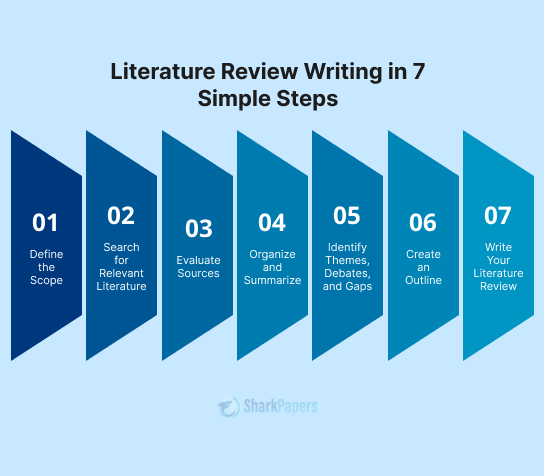















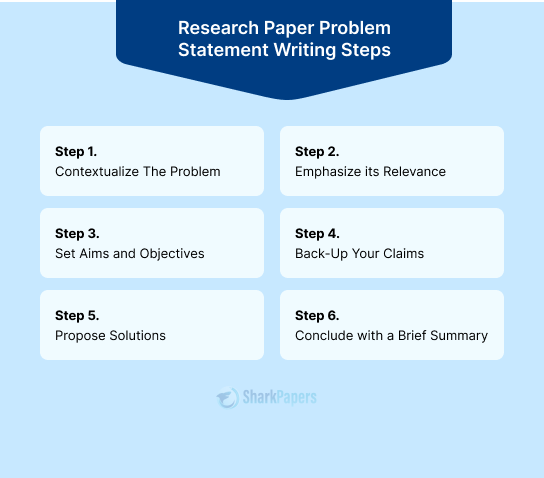
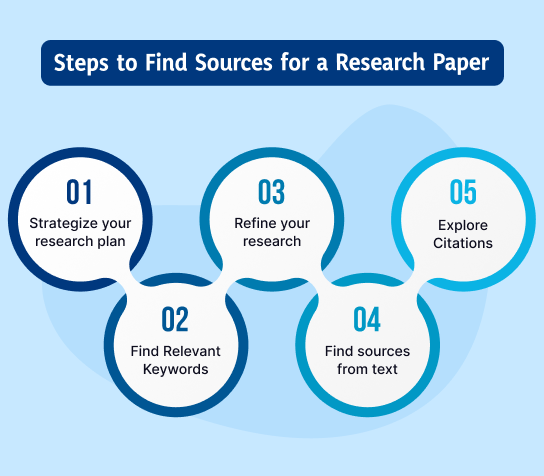
)






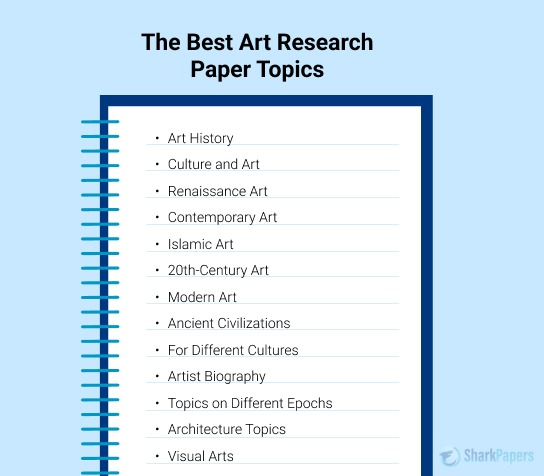



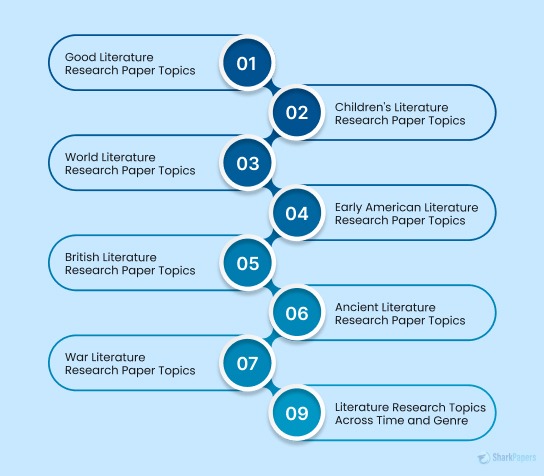




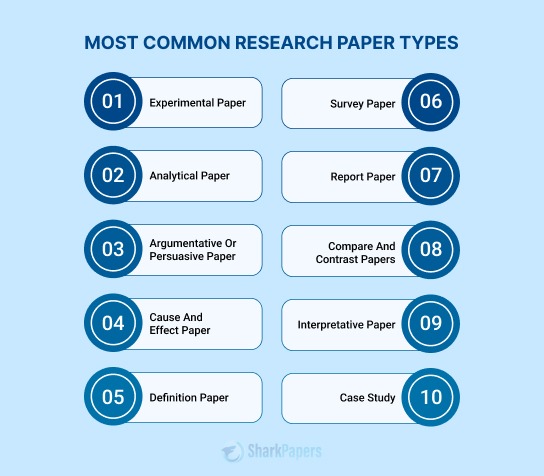

















-12114.jpg)














 Not seeing it? Check Promotions or Spam — inboxes get protective.
Not seeing it? Check Promotions or Spam — inboxes get protective.